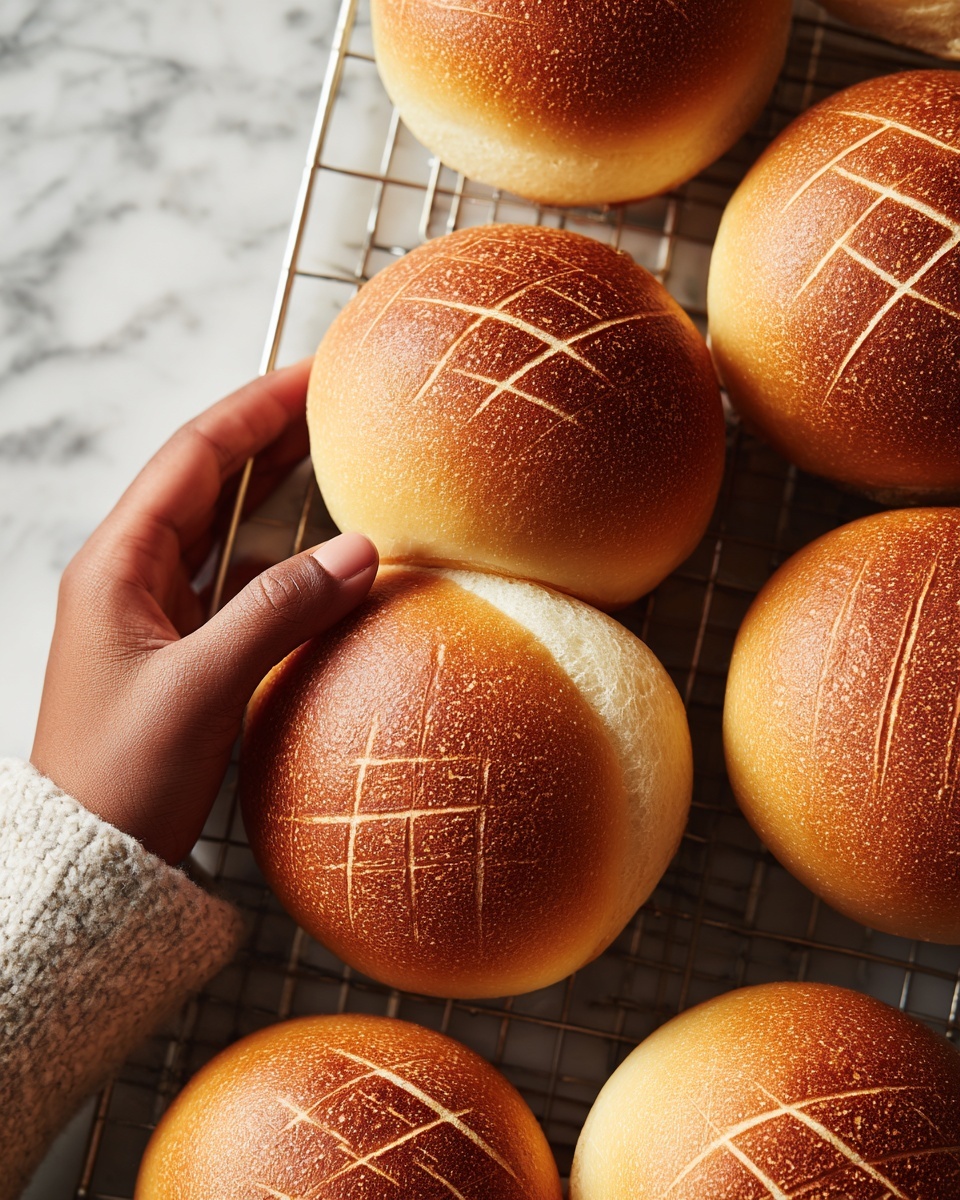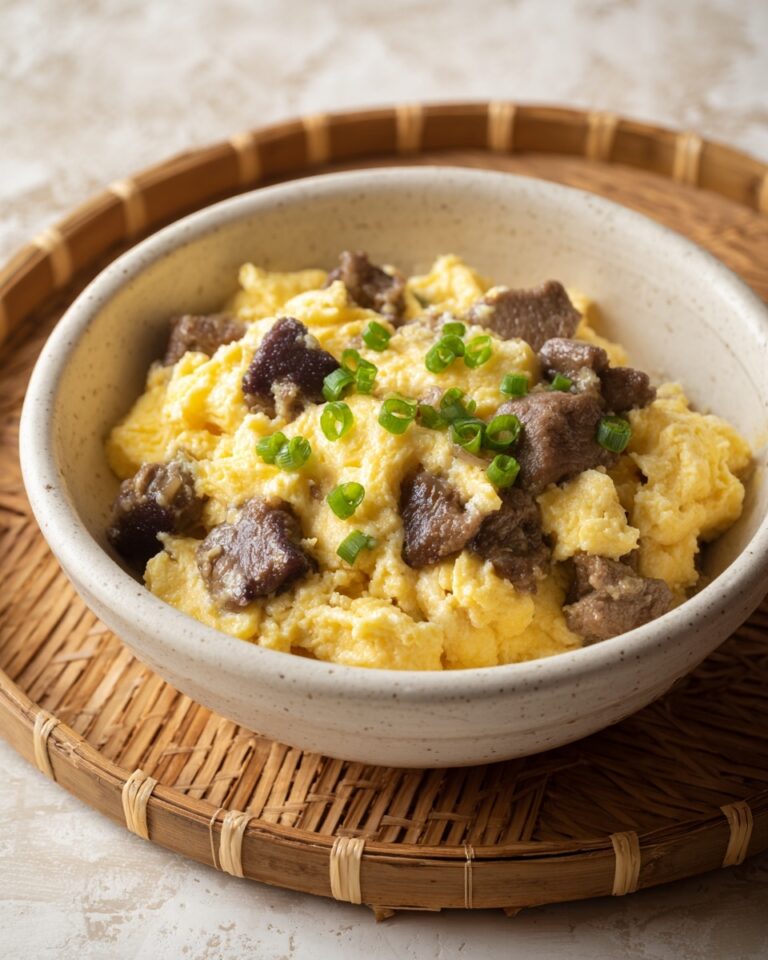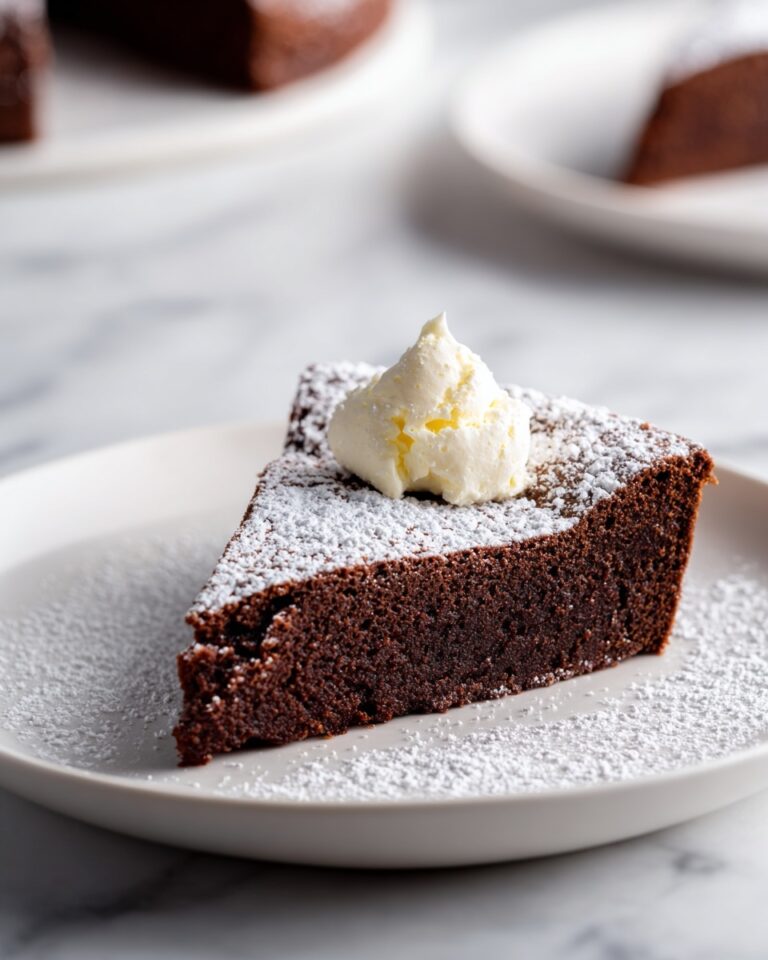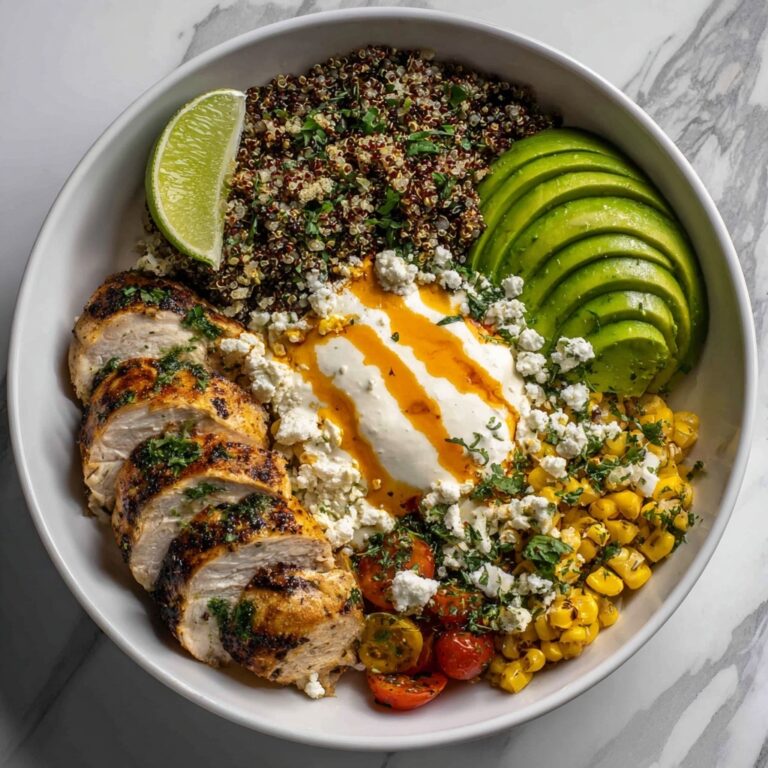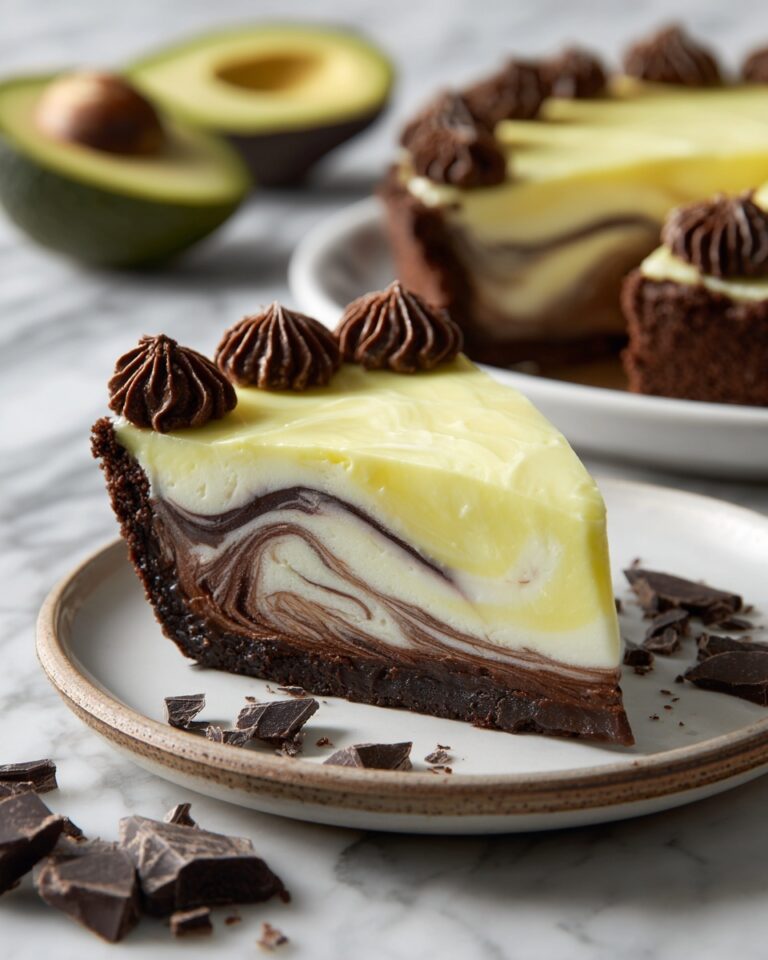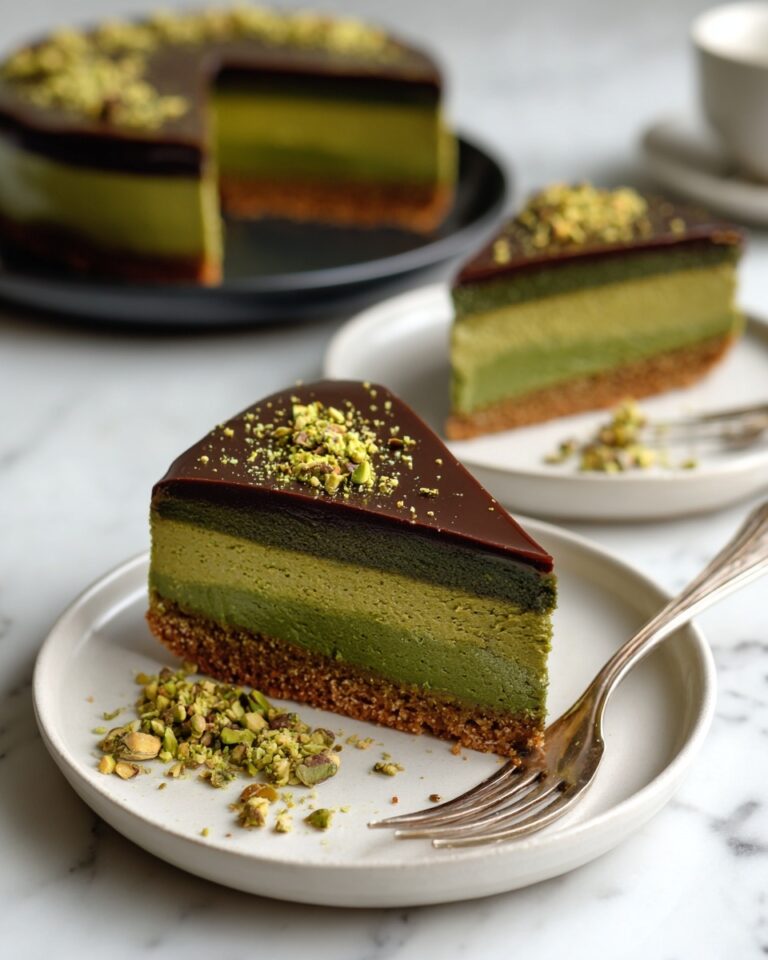If you have ever wandered into a Japanese bakery and marveled at the charming, round buns that look like little melons, you’re not alone! This Classic Japanese Melon Pan Recipe captures that iconic sweet bread with a delicate cookie crust that cracks beautifully as it bakes, creating a delightful texture contrast. Though it has no melon flavor, each bite offers a perfect harmony of a soft, fluffy interior and a crisp, sugary topping. It’s such a comforting treat that feels both nostalgic and indulgent, making it a must-try recipe for anyone who loves baking warm, freshly made bread at home.
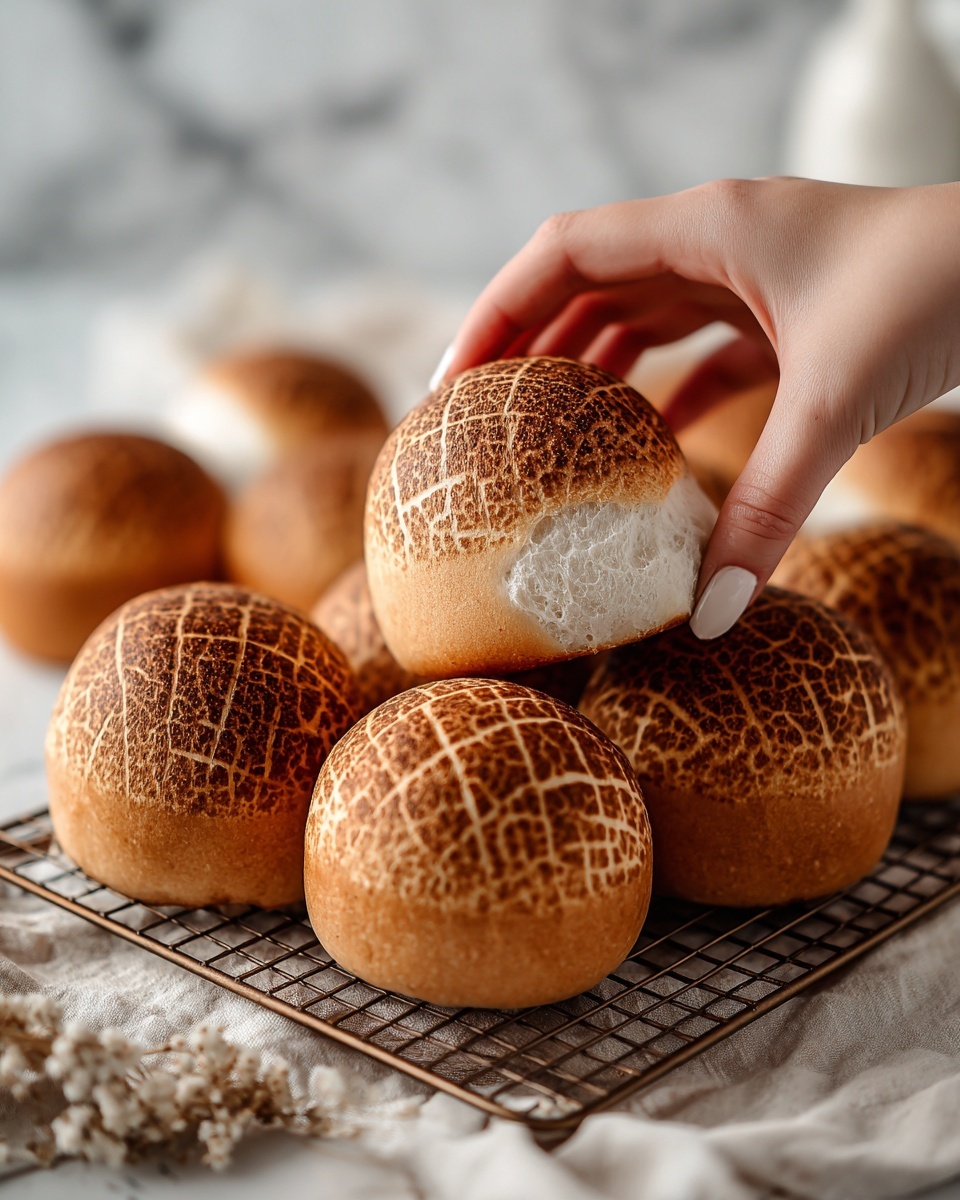
Ingredients You’ll Need
To make this Classic Japanese Melon Pan Recipe come to life, you’ll rely on a handful of simple, key ingredients that each play a crucial role. From the bread flour that gives the dough its chewy body to the softened butter that adds richness to the cookie topping, every component is essential for achieving that perfect melon pan texture and flavor.
- Bread flour: Provides a strong gluten structure, essential for the soft, chewy bread inside.
- Granulated sugar: Adds sweetness to both doughs and helps with browning the cookie topping.
- Salt: Balances the flavors and enhances sweetness in the bread dough.
- Instant yeast: The leavening agent that gives your melon pan a lovely rise and lightness.
- Warm milk: Activates the yeast and makes the dough tender and moist.
- Egg: Adds richness and helps bind ingredients in the bread dough.
- Unsalted butter: Used in both doughs, it delivers flavor and tenderness while keeping things moist.
- All-purpose flour: Used for the cookie topping for a finer, crumbly texture.
- Egg yolk: Provides richness and structure to the cookie topping.
- Milk: Adds moisture to the cookie dough, ensuring it stays soft yet firm enough to hold shape.
- Vanilla extract: Infuses the cookie topping with a warm, aromatic flavor that’s truly irresistible.
- Additional granulated sugar: For rolling the assembled buns to add that signature sugary crunch.
- Plastic wrap: Keeps dough moist during rise and chilling stages.
How to Make Classic Japanese Melon Pan Recipe
Step 1: Prepare the Bread Dough
Begin by combining the bread flour, sugar, salt, and instant yeast in a mixing bowl. Adding warm milk and the egg, mix until a rough dough forms—this will activate the yeast and help everything come together nicely. Next, knead in the softened unsalted butter and continue kneading for about 8 to 10 minutes until the dough turns smooth and elastic. Cover the dough with plastic wrap and allow it to rise in a warm spot for around an hour, or until it has doubled in size. This stretch and rise is what gives you that airy, soft crumb inside.
Step 2: Make the Cookie Dough Topping
While the bread dough is rising, you can turn your attention to the cookie topping. In a separate bowl, cream together the butter and sugar until light and fluffy—this step is crucial for achieving that crisp yet tender crackly crust. Add the egg yolk, milk, and vanilla extract, mixing until uniformly combined. Finally, stir in the all-purpose flour until a soft dough forms. Shape this dough into a log, wrap it in plastic wrap, and chill it in the fridge for about 30 minutes. Chilling makes it easier to handle when shaping the topping later.
Step 3: Shape the Melon Pan
When your bread dough has finished its first rise, punch it down gently to release the air. Divide it into eight equal pieces and roll each into smooth balls. Do the same with your chilled cookie dough, also dividing it into eight parts. Flatten each cookie dough ball into a disk, then carefully cover the top and sides of a bread dough ball with it, tucking it smoothly but leaving the bottom uncovered. This layering creates the beloved texture contrast in melon pan. Roll each ball in granulated sugar, then use a knife to score a crisscross pattern on top to mimic the look of a melon rind.
Step 4: Final Proof and Bake!
Place your assembled melon pans on a parchment-lined baking sheet, cover them loosely with plastic wrap, and let them rise again for about 30 to 40 minutes until puffed. While waiting, preheat your oven to 350°F (175°C). Bake the buns for 13 to 15 minutes or until the cookie crust develops a light golden color. Remove them from the oven and allow them to cool slightly — the aroma and the crisp, sweet crust at this stage are absolutely irresistible!
How to Serve Classic Japanese Melon Pan Recipe
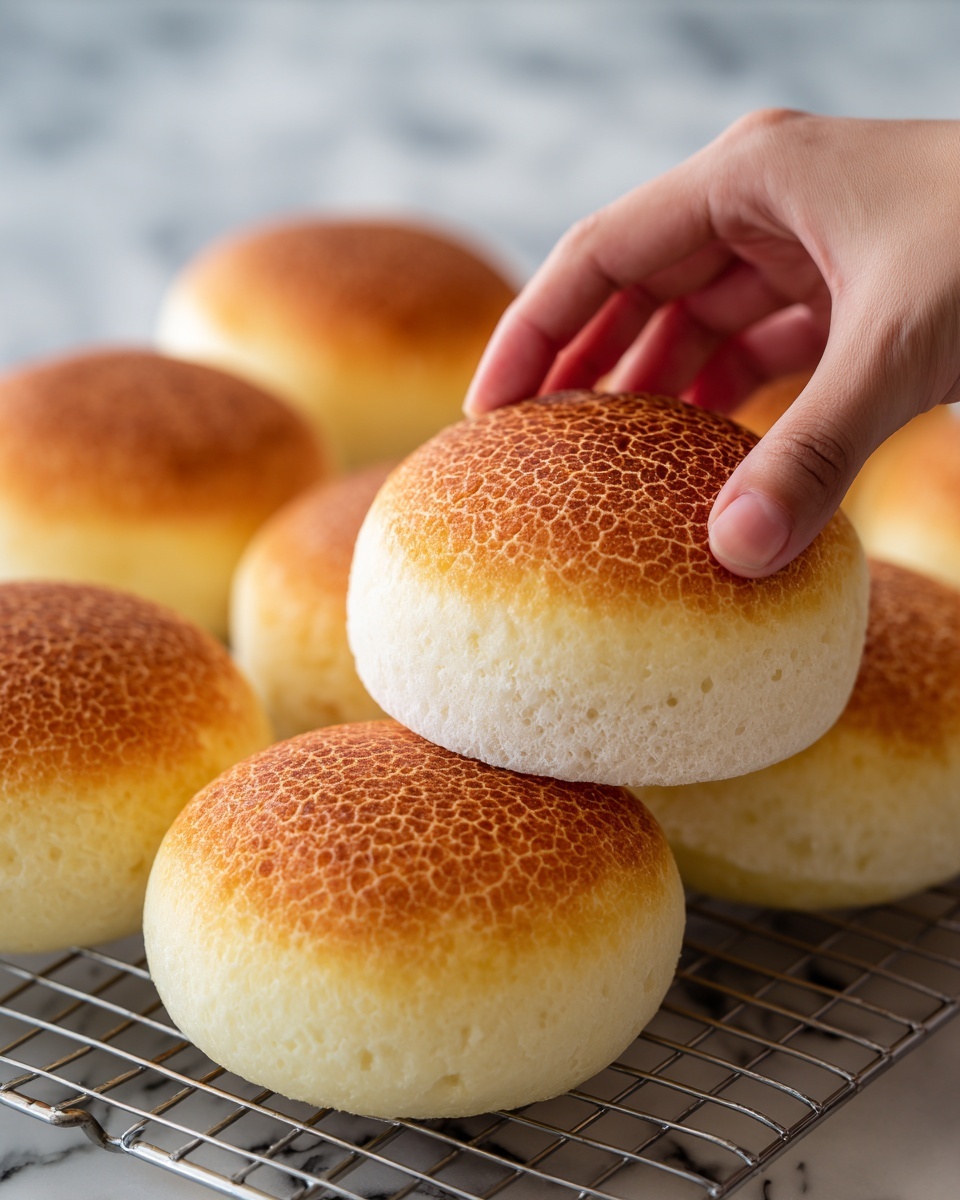
Garnishes
Though melon pan is stunning just as it is, a light dusting of powdered sugar or a gentle swipe of honey on top can accentuate its sweetness beautifully. For a playful twist, sprinkle some finely crushed matcha powder over the sugar coating to add an inviting earthiness to the visual and taste appeal.
Side Dishes
Melon pan pairs perfectly with a warm cup of tea—think green tea or hojicha—for a soothing contrast. For breakfast or brunch, serve alongside fresh fruit and a mild cream cheese spread to balance the rich sweetness of the bread.
Creative Ways to Present
For a crowd-pleasing presentation, arrange the melon pans in a basket lined with a colorful napkin to highlight their beautiful golden tops. You can also split them open and fill with whipped cream and fresh berries for an indulgent dessert twist that will amaze friends and family.
Make Ahead and Storage
Storing Leftovers
If you have any leftover melon pan, store them in an airtight container at room temperature for up to two days. This keeps the cookie crust crisp without drying out the bread’s tender interior.
Freezing
To freeze melon pan, wrap each bun tightly in plastic wrap and place in a sealed freezer bag. They can be frozen for up to two months without losing their delightful texture and flavor.
Reheating
Reheat frozen or leftover melon pan by wrapping them in foil and warming in a preheated oven at 300°F (150°C) for 10 to 12 minutes. This method revives the crispness of the cookie crust and warms the soft bread inside perfectly.
FAQs
Does melon pan taste like melon?
Actually, melon pan does not have any melon flavor. The name comes from the cookie topping’s appearance, which resembles the pattern of a melon rind. However, some variations add melon or matcha flavor to make it more distinctive.
Can I make melon pan without a stand mixer?
Yes! Although a stand mixer makes kneading easier and quicker, you can absolutely knead the dough by hand. It will take a bit more elbow grease but the dough’s texture and rise will be just as good.
How long does melon pan stay fresh?
Freshly baked melon pan is best enjoyed the day it’s made, but it can stay fresh at room temperature for around two days. Beyond that, the cookie topping may lose its crispness.
Can I add flavors to the cookie topping?
Definitely! Vanilla is classic, but adding matcha powder, cocoa, or even melon essence can elevate the taste. Just adjust the flour slightly if adding dry powders to keep the dough consistency right.
Is melon pan suitable for vegetarians?
Yes, melon pan is typically vegetarian-friendly as it contains no meat or animal-derived gelatin. Just be sure your ingredients, like butter and milk, align with your dietary preferences.
Final Thoughts
There’s something genuinely heartwarming about biting into a fresh, homemade melon pan with its perfectly soft inside and crisp, sugary crust. This Classic Japanese Melon Pan Recipe offers a wonderful opportunity to bring a slice of Japanese bakery charm right into your kitchen. Whether you’re baking for family or sharing with friends, it’s a delightful adventure in flavor and texture that you’ll want to come back to again and again. Give it a try—you won’t regret it!
Print
Classic Japanese Melon Pan Recipe
- Prep Time: 30 minutes
- Cook Time: 15 minutes
- Total Time: 2 hours
- Yield: 8 melon pans
- Category: Bread
- Method: Baking
- Cuisine: Japanese
- Diet: Vegetarian
Description
Classic Japanese Melon Pan is a delightful sweet bread featuring a soft and fluffy bread dough wrapped with a crisp, cookie-like topping scored to resemble a melon. This iconic baked treat offers a perfect balance of texture and subtle sweetness, making it a beloved snack or dessert across Japan.
Ingredients
For the Bread Dough:
- 2 1/4 cups bread flour
- 2 tablespoons granulated sugar
- 1/2 teaspoon salt
- 2 teaspoons instant yeast
- 2/3 cup warm milk
- 1 large egg
- 3 tablespoons unsalted butter, softened
For the Cookie Dough Topping:
- 1 cup all-purpose flour
- 1/4 cup granulated sugar
- 1/4 cup unsalted butter, softened
- 1 egg yolk
- 1 tablespoon milk
- 1/2 teaspoon vanilla extract
For Assembly:
- Additional granulated sugar for rolling
- Plastic wrap
Instructions
- Prepare the bread dough: In a large mixing bowl, combine the bread flour, sugar, salt, and instant yeast. Add the warm milk and egg, mixing until a rough dough forms. Knead in the softened butter and continue kneading for 8–10 minutes until the dough becomes smooth and elastic. Cover with plastic wrap and let it rise in a warm place for 1 hour or until doubled in size.
- Make the cookie topping: In a medium bowl, cream together the softened butter and sugar until light and fluffy. Add the egg yolk, milk, and vanilla extract, mixing well. Stir in the all-purpose flour until a soft dough forms. Shape the dough into a log, wrap it with plastic wrap, and chill in the refrigerator for 30 minutes.
- Shape the buns: Once the bread dough has risen, punch it down and divide it into 8 equal pieces. Roll each piece into a smooth ball and set aside. Divide the chilled cookie dough into 8 equal pieces; roll each into balls as well. Flatten each cookie dough ball into a disk large enough to cover the top and sides of the bread dough balls, but not the bottom.
- Assemble and score: Wrap each bread dough ball with a cookie dough disk, covering the top and sides completely. Gently roll the wrapped balls in granulated sugar to coat. Use a knife to score a crisscross pattern on the cookie dough topping to mimic the appearance of a melon.
- Final proof and bake: Place the assembled buns on a parchment-lined baking sheet. Cover loosely and let rise for another 30–40 minutes until slightly puffed. Preheat the oven to 350°F (175°C). Bake the buns for 13–15 minutes or until the cookie topping turns lightly golden. Remove from the oven and allow to cool slightly before serving.
Notes
- Melon Pan typically does not contain melon flavor; the name comes from its melon-like appearance.
- For a flavored version, consider adding melon or matcha extract to the cookie dough.
- Ensure the cookie dough does not cover the bottom of the bread dough to allow proper rising.
- Use room temperature ingredients for better dough consistency.
- Handle the scored cookie topping gently to maintain the signature pattern during baking.

